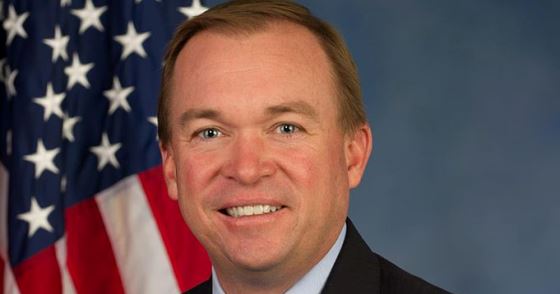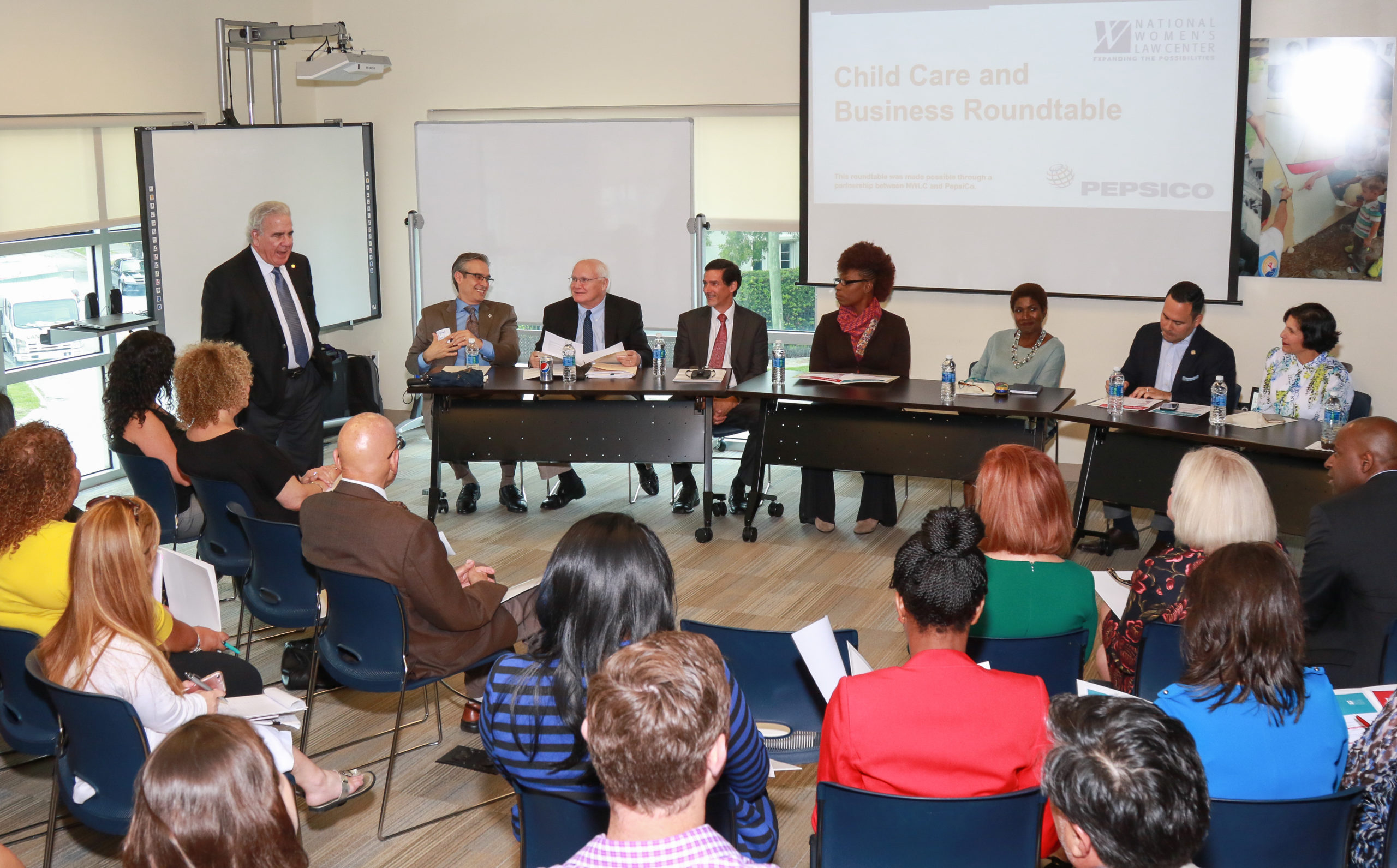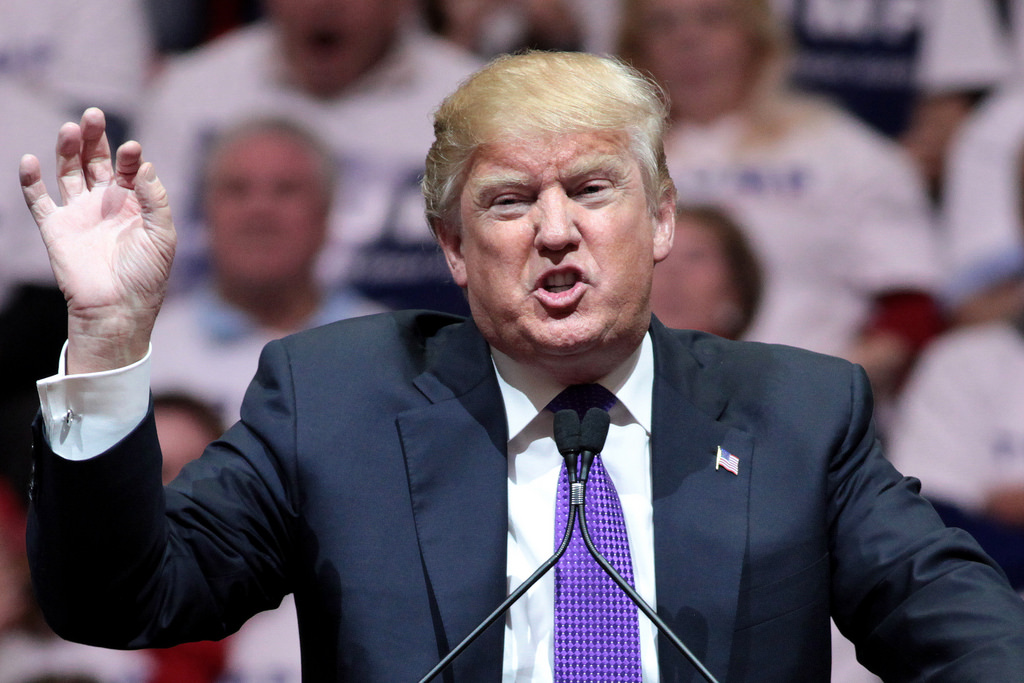Abortion rights, women of color, and LGBTQI+ people are under attack. Pledge to join us in fighting for gender justice.
Don’t Look to the Trump Budget for Child Care Help — You Won’t Find It
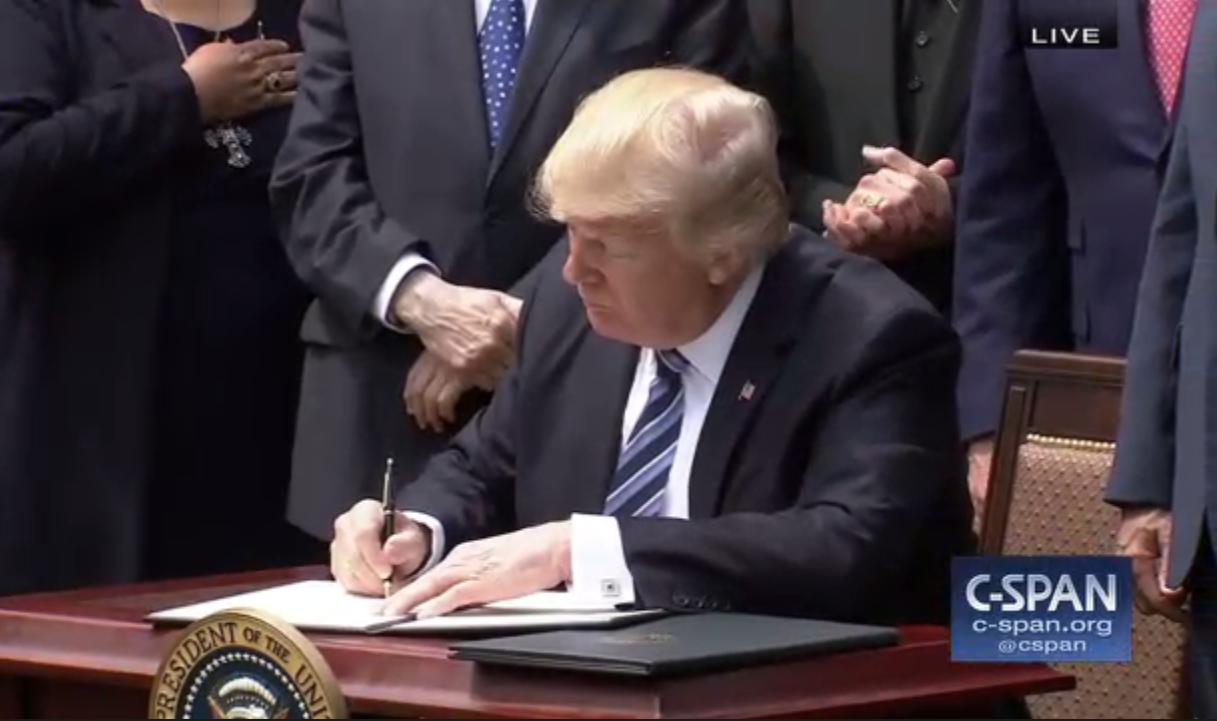
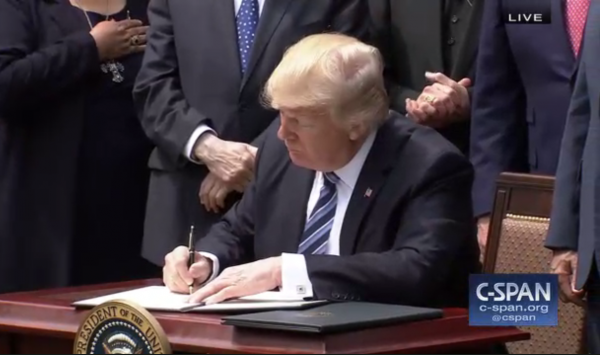 Today, the Administration released initial information about its 2020 Budget request. Despite what the Administration claims, this preview shows that Trump does not prioritize the child care needs of families and children. Based on what we know so far, the Budget flat-funds the main federal child care program—the Child Care and Development Block Grant (CCDBG)—and proposes to provide $1 billion in one-time funding to states, but only if they agree to roll back protections for children in child care. This is not a true investment in child care. It’s a hoax.
Today, the Administration released initial information about its 2020 Budget request. Despite what the Administration claims, this preview shows that Trump does not prioritize the child care needs of families and children. Based on what we know so far, the Budget flat-funds the main federal child care program—the Child Care and Development Block Grant (CCDBG)—and proposes to provide $1 billion in one-time funding to states, but only if they agree to roll back protections for children in child care. This is not a true investment in child care. It’s a hoax.
The Administration’s proposed Budget fails to make real, sustained investments in addressing families’ child care needs, promotes policies that will compromise children’s safety, and slashes other supports to families and children. In order to pay for its tax giveaways to the wealthy, the Administration includes draconian discretionary funding levels in the Budget. These levels pit basic supports for women and children against each other. Maintaining—much less increasing CCDBG funding—can only come at the expense of these other supports.
Here’s a breakdown of how Trump’s FY 2020 Budget misses the mark on child care:
1. The Budget does not help more children and families find and afford high-quality child care.
We made progress last year with a historic increase in federal child care funding that was long overdue, but too many families still struggle to find and afford the high-quality child care they need.
Right now, fewer than 1 out of every 6 children eligible for assistance under federal rules receives it, and CCDBG currently serves over 450,000 fewer children now than it did in 2006. Flat funding for CCDBG does nothing to help more families find and afford the high-quality child care they need to work or go to school.
This Budget also stymies progress on improving other key aspects of the program. As of February 2018, only one state paid child care providers at the federally recommended level and many families receiving assistance were required to contribute high out-of-pocket copayments each month. Without additional funding, states will not be able to raise payments to providers so they can provide high-quality care and compensate teachers fairly, and states will not be able lower copayments that place serious financial strains on families.
Flat funding also means that states cannot continue progress in implementing the reforms required by the 2014 bipartisan reauthorization of CCDBG that are essential for keeping children safe and improving the quality of care.
2. The Budget creates a race to the bottom by forcing states to roll back basic protections.
The Budget requires states to roll back basic protections to receive funding through the new one-time only supply investment. These basic protections are essential to keeping children safe and ensuring they are cared for in high-quality environments that help them learn. That’s why, in 2014, Congress passed bipartisan legislation that included commonsense health and safety standards for child care settings and other reforms. Asking states to dilute such protections as a requirement of a competitive grant program jeopardizes the safety and well-being of children. It creates a race to the bottom by incentivizing states to permanently remove the greatest number of basic protections for children in exchange for temporary new funding.
3. The Budget guts other programs families rely on to meet their basic needs.
The Administration is proposing to gut vital supports that vulnerable families need, like nutrition and housing assistance. A new one-time investment and flat-funding for CCDBG don’t make up for the Budget’s other proposals that harm children and families.
The country increasingly recognizes that investments in child care are an investment in our parents, children, and economy, yet the Budget flies in the face of this growing national consensus. We should respond to this momentum not with small steps but with a bold, visionary approach. We must support substantial, ongoing child care investments that ensure that all families get the help they need, all children have an equal opportunity to succeed, and teachers are paid what they deserve. Families need child care help now—but Trump’s Budget leaves them waiting.


